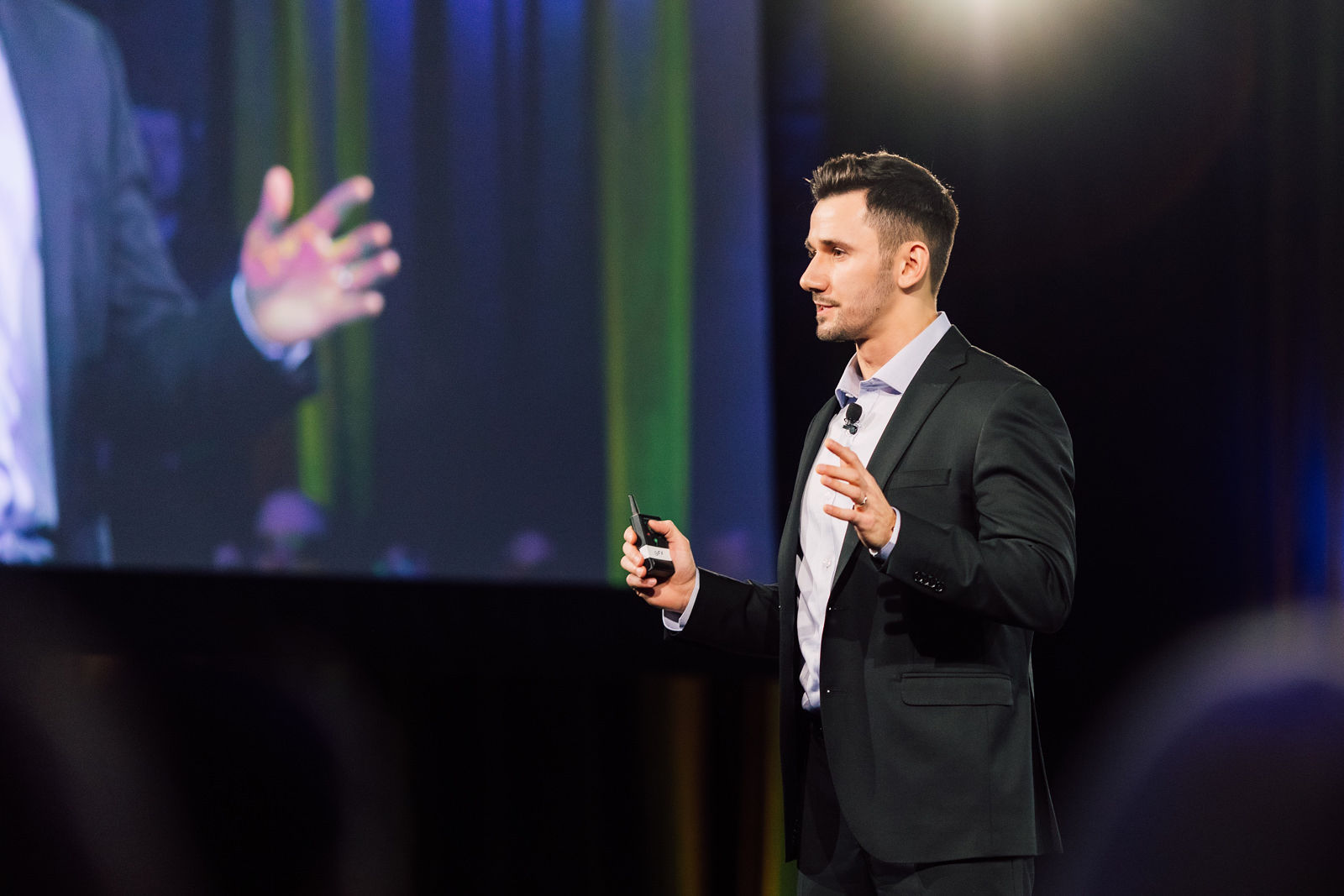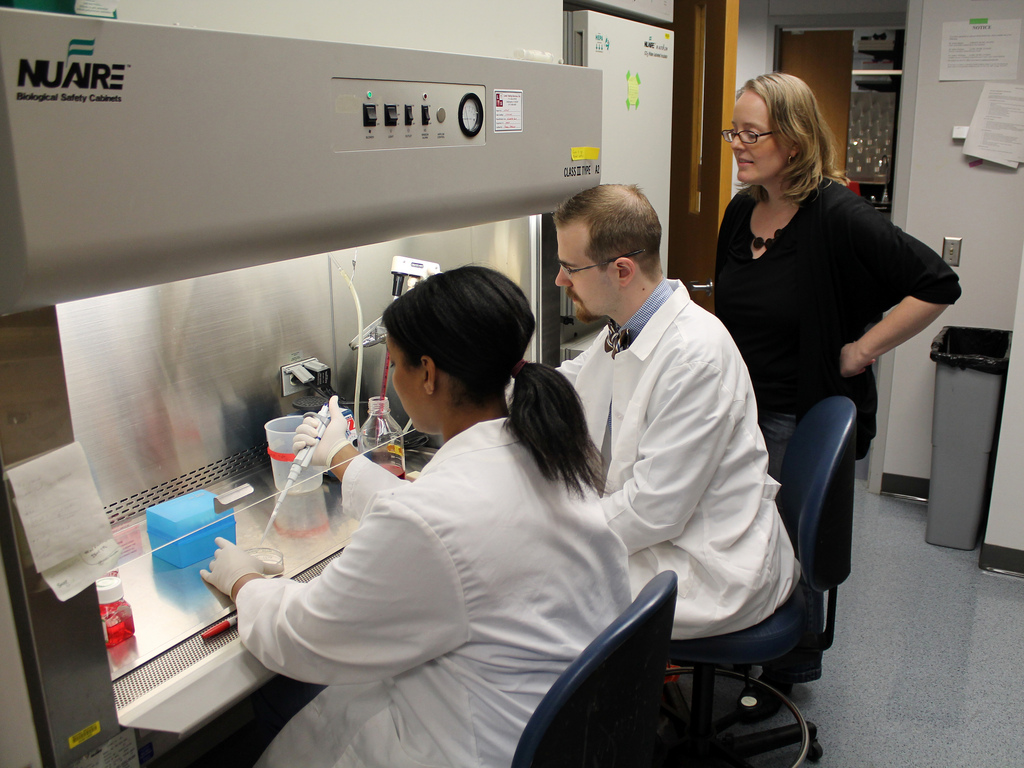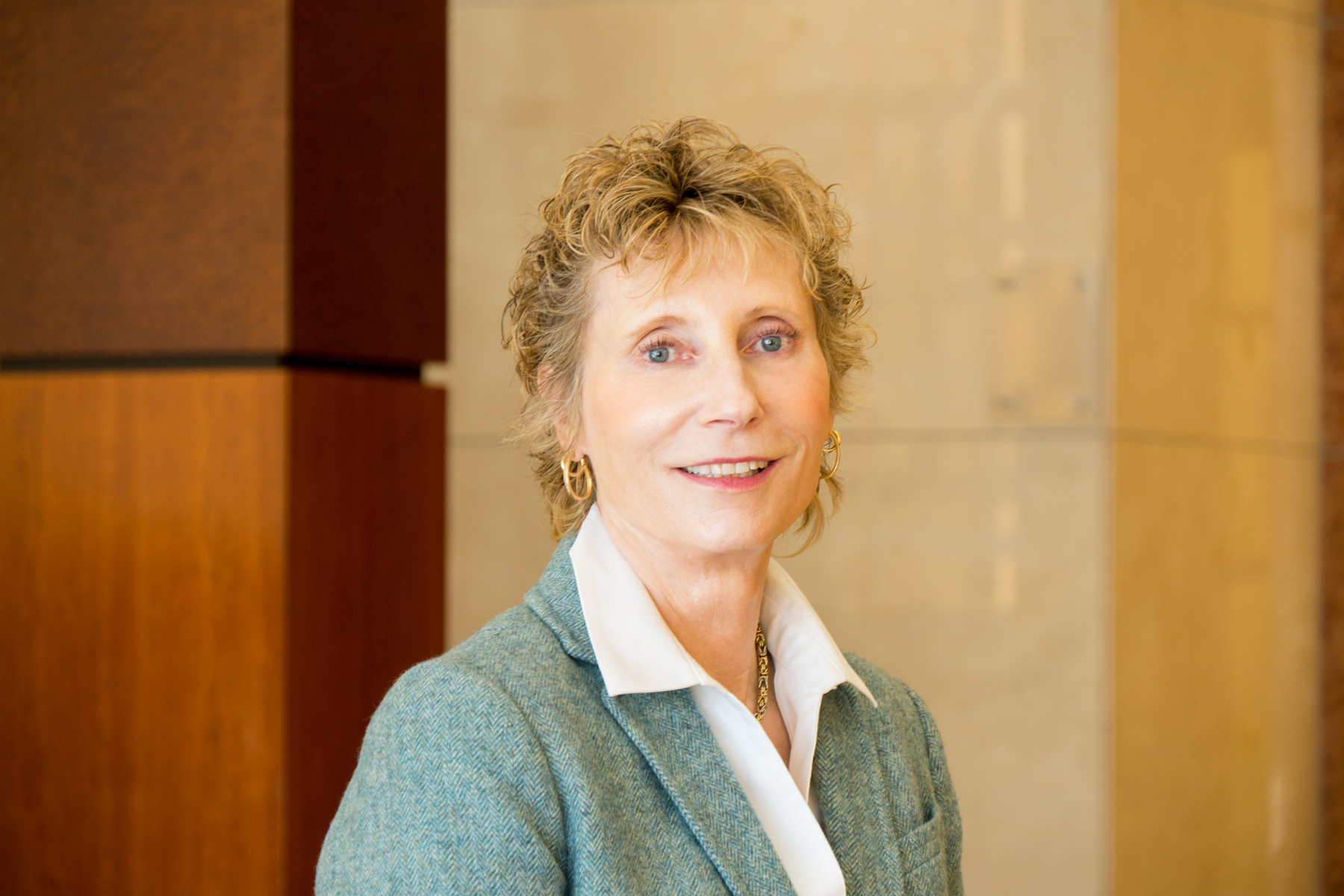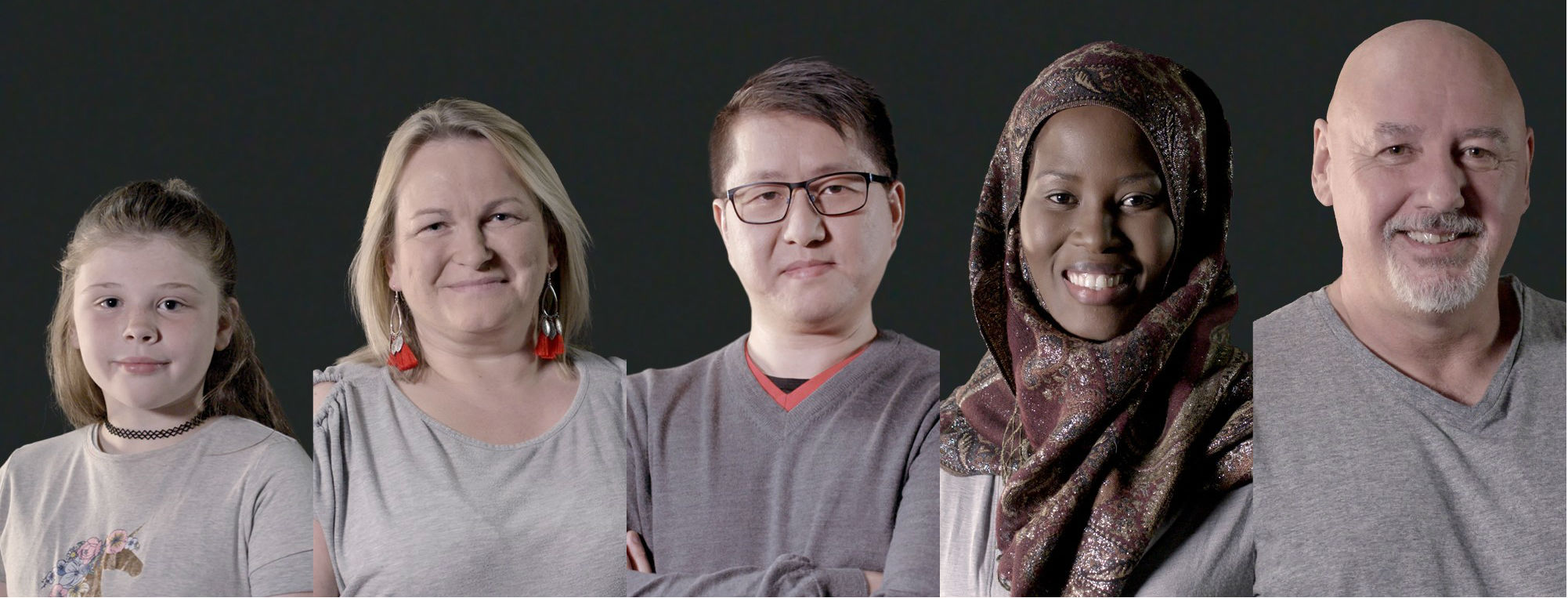Whether you’ve been in the industry for 10 years or 10 months, it’s always a good idea to constantly build and nurture your professional network. Today, a person’s ‘virtual network’ — built through platforms like LinkedIn — is becoming increasingly important given the ubiquity of smartphone use and accessibility of the web. However, meeting industry professionals at a networking event is just as critical. Together, a person’s professional network offers unique opportunities for growth, mentorship and knowledge exchange.
But forming a professional network is intimidating. Many tend to wait until they need a job to start connecting with professionals, but by that time it’s already too late. Building and maintaining a professional network takes significant time, but that effort usually pays off: at least 60 percent of all jobs are found by networking according to The Balance Careers.

To learn more about forming a professional network, Xtalks spoke to Holly Hagan, president and founder of It’s Personal Branding, a career guidance service based in Toronto.
Candice Tang: Why is having a professional network important?
Holly Hagan: It’s important because you’re never going to know when you’re going to need it. When you develop that network of people who all have that common background or similarity, you’re more readily available to offer help and to receive it. It functions like a two-way relationship. I know a lot of people who put off building their network until they’re looking for a job or they need to ask someone this or that, but if you can start sooner — or better yet, start now — when you do need to rely on your network, it will be there for you. That’s why you also need to nurture it throughout.
CT: How can you stand out through LinkedIn?
HH: Being able to demonstrate your thought leadership in your field on LinkedIn is definitely a way to enhance it. You can do that by writing and posting articles, sharing relevant information or adding value to other people’s posts by commenting on them. All of these activities appear on the newsfeed. Behind the scenes – the way you connect with people – is also important. When someone joins your network, do you just ignore them? Or do you engage with them? Accepting an invitation to connect with a thank you note will help the person you’ve connected with remember you.
CT: What are some key things professionals need to work on right away to improve their LinkedIn profiles?
HH: Make sure your headline clearly expresses what you do and how you can help, or what you do and a significant accomplishment. No matter what, people need to make a connection between your name and what you’re doing or what you want to be doing, right away. Next, focus on your connections. In order to achieve an all-star profile level, you need to have at least 50 connections, so go send invitations to your family, friends, current and past colleagues and former classmates. Send a personalized note when you send an invitation. Third, upload a professional photo to your LinkedIn profile because profiles with photos get more views. Finally, put your work history on your profile so people can see your career progression.
CT: Say I’m a pharma professional interested in breaking into the regulatory space. How would I prepare for a networking event and what would make a great first impression?
HH: In the days or hours before the event, I would suggest that you actually visualize and think about how you want to appear in that event. Do you want to go in and stand against the wall in the corner or do you want to go in with good posture, a smile on your face and say hello to the people in the room? Also, decide what you want to get out of it. If you’re looking to learn more about regulatory affairs, maybe your goal for the night is to get the business cards of three people who work in the regulatory environment.
Another tip is to wear something that distinguishes yourself from other people. It doesn’t have to be a bright outfit; it could be a decorative earring or a splash of color or pattern, so people can see you. If you’re wondering what you should say to people, just start a conversation by asking people about themselves. It doesn’t always have to be professional. Just start with a regular conversation about the weather or the food and let the conversation flow from there.
CT: What should you NOT do at a networking event?
HH: A turn-off would be negativity. Always keep things in a positive tone instead of deviating down a path of negativity with that other person. If someone starts a conversation by complaining about the weather outside, that is probably the start of a negative conversation thread. In turn, you can say that warmer weather is around the corner and how you’re excited about it.
With these tips in mind, consider revamping your LinkedIn profile or changing the way you approach networking events. Find out more about Holly’s work at https://www.itspersonalbranding.com/.












Join or login to leave a comment
JOIN LOGIN